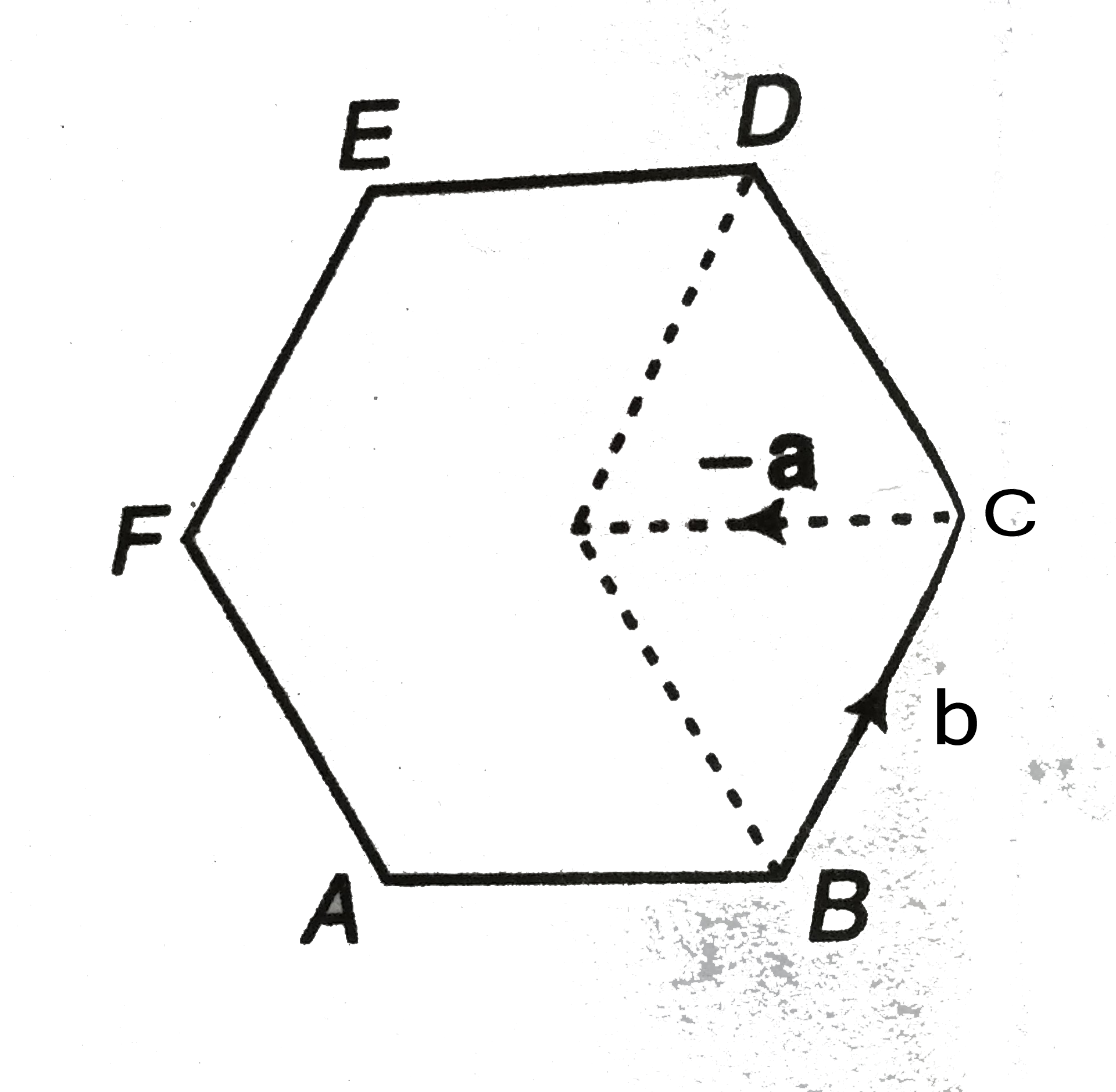Text Solution
Verified by Experts
|
Topper's Solved these Questions
VECTORS
DC PANDEY|Exercise Exercise 5.1|5 VideosView PlaylistVECTORS
DC PANDEY|Exercise Exercise 5.2|4 VideosView PlaylistUNITS, DIMENSIONS & ERROR ANALYSIS
DC PANDEY|Exercise Medical entrances gallery|32 VideosView PlaylistWAVE MOTION
DC PANDEY|Exercise Integer Type Question|11 VideosView Playlist
Similar Questions
Explore conceptually related problems
Knowledge Check
Similar Questions
Explore conceptually related problems
DC PANDEY-VECTORS-Medical enrances gallery
- If a and b are the vectors AB and BC determined by the adjacent sides ...
05:01
|
Playing Now - If the magnitude of sum of two vectors is equal to the magnitude of di...
02:55
|
Play - If a vector 2hati +3hatj +8hatk is perpendicular to the vector 4hati -...
01:21
|
Play - The angle theta between the vector p=hati+hatj +hatk and unit vector a...
01:51
|
Play - Consider three vectors A=hati +hatj-2hatk, B=hati +hatj+2hatk and 2h...
03:37
|
Play - Two equal vector have a resultant equal to either of them, then the an...
01:45
|
Play - Which of the following is not a cloning vector ?
01:41
|
Play - The scalar product of two vectors A=2hati +2hatj -hatk and B=-hatj +ha...
02:21
|
Play - If A.B=AxxB, then angle between A and B is
00:51
|
Play - A vector vec(B) which has a magnitude 8.0 is added to a vector vec(A) ...
04:37
|
Play
 .
.